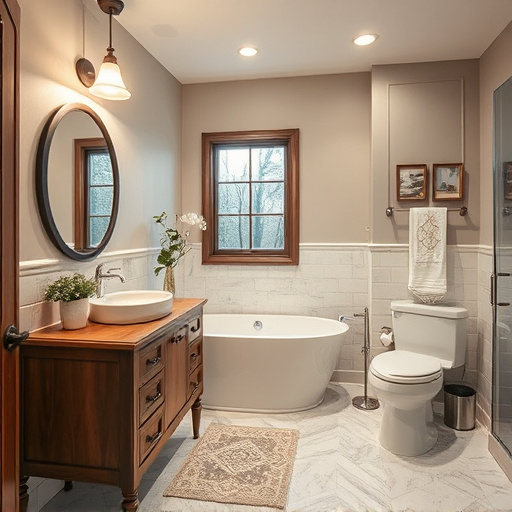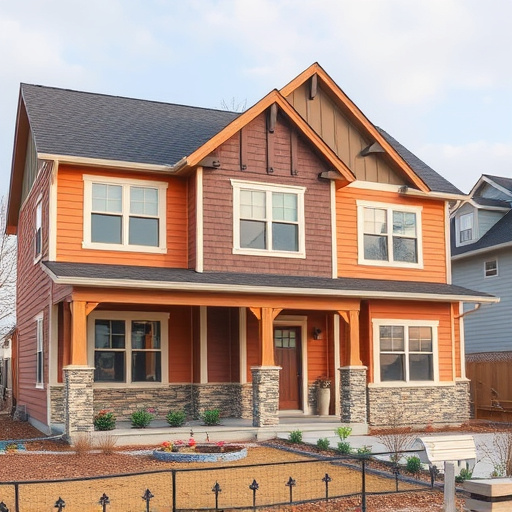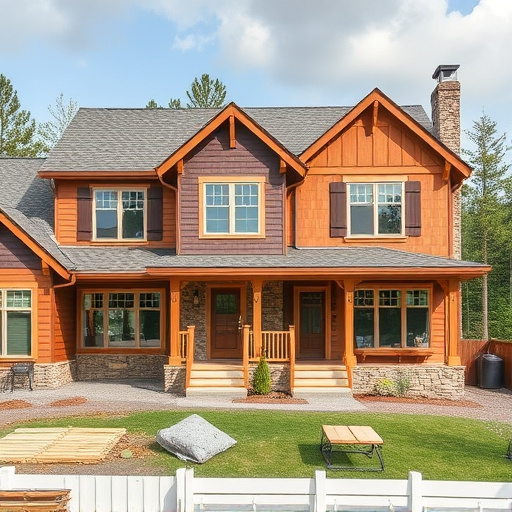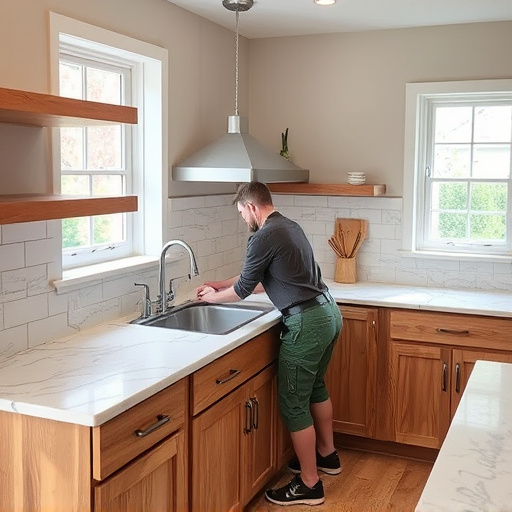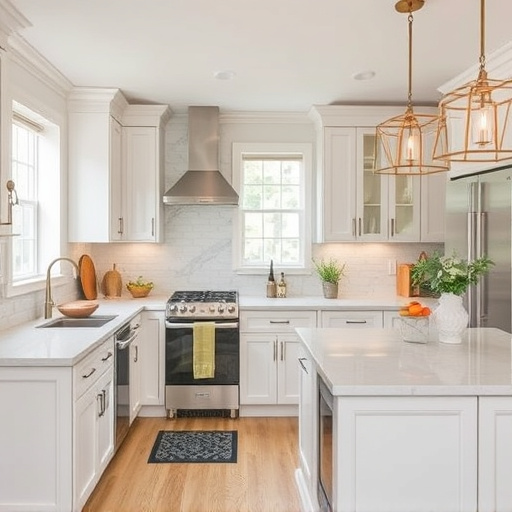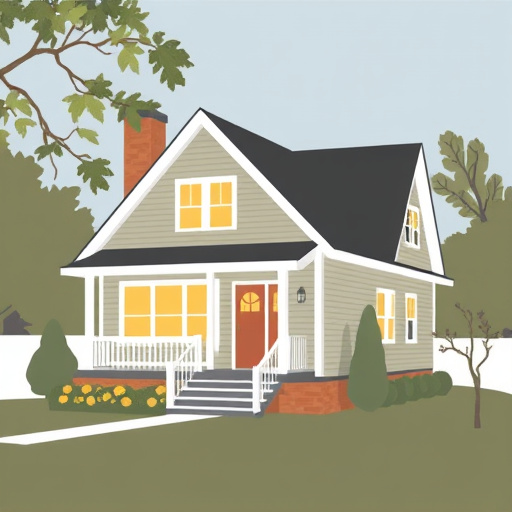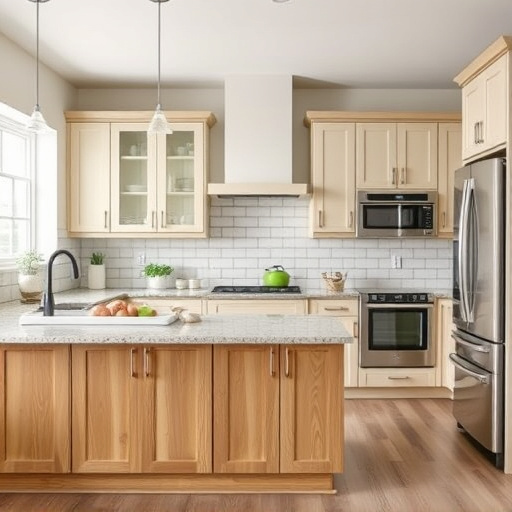Cabinet design choices, from classic hardwoods to modern alternatives like engineered wood and bamboo, cater to diverse styles, budgets, and sustainability preferences. Custom materials offer unique pieces tailored to specific themes. Understanding wood traits is crucial for aligning functional requirements with aesthetic visions. Contemporary projects increasingly use acrylic, engineered stones, and high-pressure laminates for enhanced durability, versatility, and low maintenance.
In the realm of cabinet design, selecting the right materials can transform a simple storage unit into a stunning focal point. This article guides you through the best options, from classic wooden choices to modern alternatives. We explore popular varieties, their unique advantages and drawbacks, and innovative materials pushing the boundaries of contemporary cabinet design. Discover how to make informed decisions that suit both functionality and aesthetics.
- Exploring Popular Choices for Cabinet Materials
- Advantages and Disadvantages of Different Woods
- Modern Alternatives: Beyond Traditional Woods
Exploring Popular Choices for Cabinet Materials
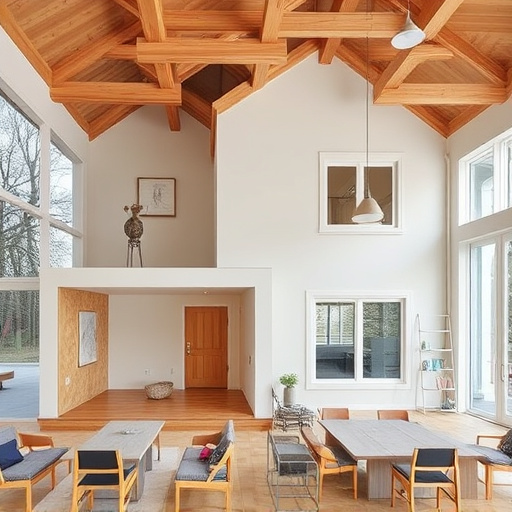
When it comes to cabinet design projects, choosing the right materials is a crucial step that sets the tone for the entire space. In recent years, the market has seen an explosion of options catering to diverse styles, budgets, and sustainability preferences. Popular choices range from traditional hardwoods like oak and maple, known for their durability and classic aesthetic appeal, to more modern alternatives such as engineered wood and bamboo, offering unique visual interests while remaining eco-friendly.
Another trend gaining traction is the integration of custom materials, allowing for truly one-of-a-kind cabinets that complement specific design themes. Whether planning a multiple room remodel or focusing on a tailored interior painting project, the versatility of cabinet materials ensures there’s an option to suit every vision. From sleek metal and glass combinations to rich, textured laminates, these choices not only enhance functionality but also serve as a focal point in any room.
Advantages and Disadvantages of Different Woods
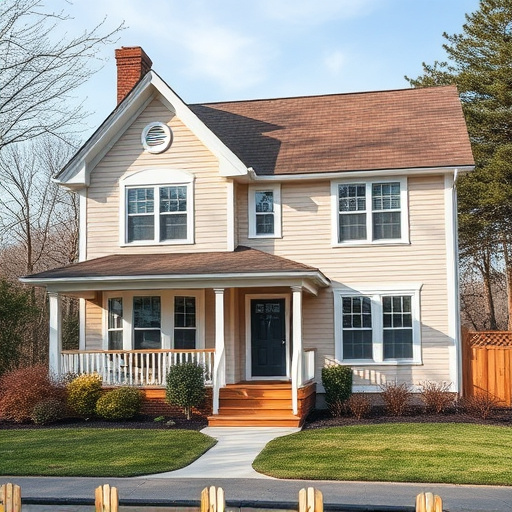
In cabinet design projects, the choice of wood is a pivotal decision that significantly influences the final aesthetic and durability of the cabinets. Different varieties of wood offer unique advantages and disadvantages, each suiting specific tastes and purposes. For instance, oak stands out for its strength and timeless beauty, making it ideal for robust, long-lasting cabinets that enhance home transformations. However, its density can make it more challenging to work with, potentially increasing costs in renovation services.
On the other hand, maple wood is known for its uniform color and fine grain, offering a sleek, modern look that’s versatile for various design styles. It’s generally easier to work with than denser woods, making it a popular choice for DIY enthusiasts. Yet, it may not withstand heavy use as well as oak and could require more frequent floor replacements over time. These varying traits highlight the importance of aligning wood selection with both functional needs and aesthetic preferences in cabinet design projects.
Modern Alternatives: Beyond Traditional Woods
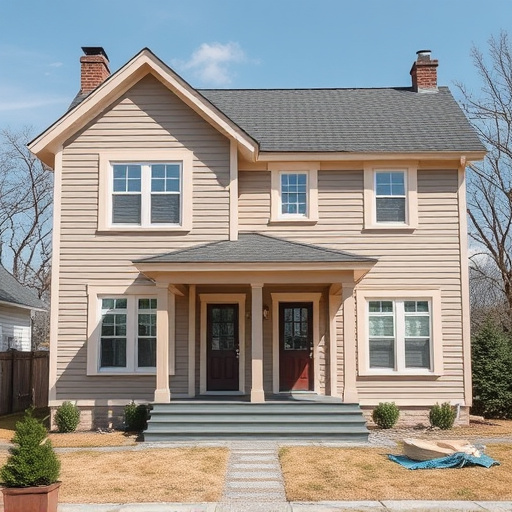
In contemporary cabinet design projects, moving beyond traditional woods opens a world of exciting possibilities. Designers and artisans are now exploring an array of innovative materials that offer both aesthetic versatility and functional benefits, especially in modern homes where kitchen remodels and home additions are popular. Materials like acrylic, engineered stones, and high-pressure laminates have gained traction for their durability and ability to mimic the look of wood without maintenance concerns.
Acrylic cabinets, for instance, provide a sleek, modern aesthetic with endless customization options for colors and textures. Engineered stones, including quartz and granite, offer exceptional strength and resistance to scratches, making them ideal for high-traffic areas like kitchens. Additionally, these materials are easy to clean and maintain, which is a significant advantage over traditional wood, especially considering the frequent exterior painting or refinishing often required to keep wooden cabinets looking their best.
When it comes to cabinet design, selecting the right materials is key to creating functional, durable, and aesthetically pleasing storage solutions. From classic woods like oak and maple to modern innovations such as bamboo and recycled materials, understanding the benefits and drawbacks of each option empowers designers and DIY enthusiasts alike to make informed choices that suit their projects and lifestyles. By exploring these diverse materials, you can achieve both beauty and practicality in your cabinet design endeavors.








